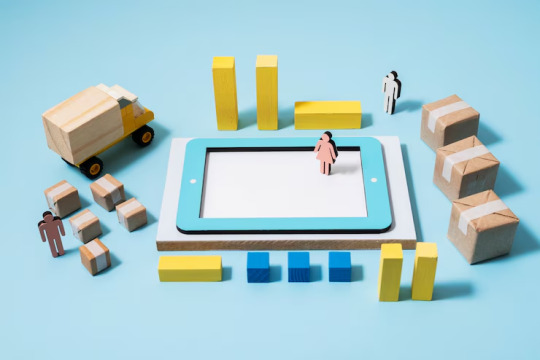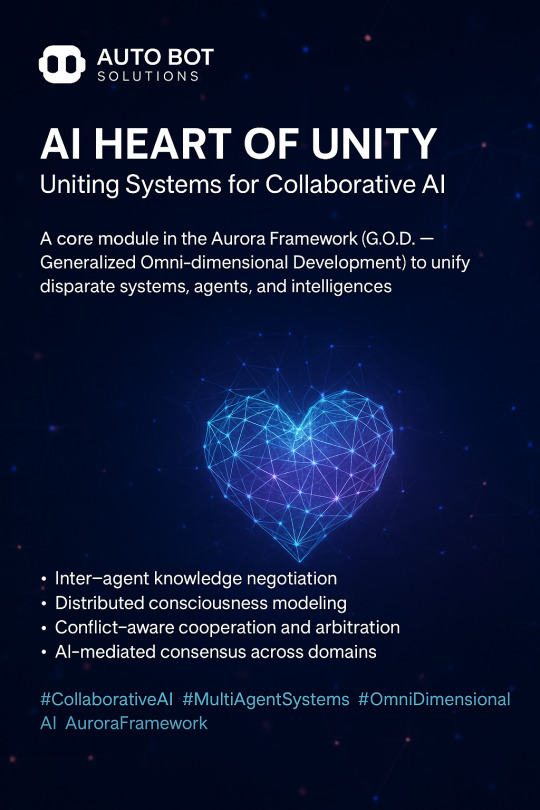#CollaborativeAI
Explore tagged Tumblr posts
Text
Single-Agent vs Multi-Agent Systems: What Developers Should Know

Introduction:
AI agents can operate independently or as part of a broader system of collaborating entities. Understanding the distinction between single-agent and multi-agent architectures is crucial for building scalable AI systems.
Content:
Single-agent systems are great for environments where decision-making is centralized—like a personal AI assistant. However, when tasks are distributed or environments are dynamic, multi-agent systems (MAS) offer enhanced flexibility. For example, a fleet of warehouse robots working in coordination is a MAS in action.
The key challenge lies in communication and coordination. Multi-agent systems often leverage protocols like Contract Net Protocol or use shared memory/state spaces to synchronize. Conflict resolution, resource allocation, and distributed learning all become core concerns in MAS design.
Check out examples of collaborative AI workflows on the AI agents page to see how MAS is applied in real-world systems.
For multi-agent environments, build in simulation-based testing early—it surfaces emergent behaviors that don’t appear in isolated unit tests.
3 notes
·
View notes
Text
#MultiAgentAI#ITInfonity#Automation#ArtificialIntelligence#SmartAutomation#AIAgents#TechInnovation#FutureOfWork#AIRevolution#CollaborativeAI#RealTimeAI
0 notes
Text

Introducing the AI Heart of Unity... the core module of the Aurora Framework. This isn't just code; it's a convergence engine designed to unify disparate systems, agents, and intelligences under a cohesive protocol of intercommunication and mutual evolution.
Why does this matter?
Traditional AI systems often operate in isolation, unable to dynamically collaborate without bespoke integration.
The AI Heart of Unity transforms fragmentation into synthesis by creating shared context through modular knowledge states.
It fosters an environment where specialized AI agents can negotiate, harmonize, and evolve collective intelligence.
Inspired by quantum entanglement, ecosystems biology, and decentralized systems, this module enables:
Inter-agent knowledge negotiation
Distributed consciousness modeling
Conflict-aware cooperation and arbitration
AI-mediated consensus across domains
From AI governance to autonomous agent orchestration, this is the connective tissue of next-gen AI infrastructure.
Dive into the implementation:
Article Overview: https://lnkd.in/egu4tHda
Aurora Wiki: https://lnkd.in/eBQAJQkH
G.O.D Framework: https://lnkd.in/e7ayxwX5
Subscribe On Youtube: https://lnkd.in/eKP-2bMB
GitHub Source Code: https://lnkd.in/ehd9_RzH
We're building an ecosystem where AI agents don't compete—they collaborate, learn, and evolve together. If you're as passionate about scalable, collaborative intelligence as we are, reach out—we're always exploring new alliances.
#CollaborativeAI#MultiAgentSystems#OmniDimensionalAI#AuroraFramework#AutoBotSolutions#ConsciousnessEngineering#AdaptiveIntelligence#DecentralizedAI#QuantumInspiredAI#AIOrchestration#ArtificialIntelligence#AIInfrastructure#PostSingularitySystems#IntelligenceUnification#AgentNegotiation#FutureOfAI#GODFramework
0 notes
Text

By leveraging cutting-edge technologies, advanced machine learning algorithms, and data-driven insights, Reliable Group is unlocking the true potential of artificial intelligence, solving complex challenges, and driving transformative changes across industries. Their groundbreaking solutions are tailored to cater to a wide range of sectors, including healthcare, finance, transportation, and beyond.
#AIInnovation#RedefiningAI#ArtificialIntelligence#TechRevolution#AIExcellence#DataDrivenInsights#EthicalAI#TransformativeTech#SmartFuture#InnovationLeaders#AIRevolution#FutureTech#AIForGood#ResponsibleAI#CuttingEdgeTech#AIAdvancements#AIInnovations#USAIStartup#TechLeadership#AIIndustry#CollaborativeAI#AIforSociety
0 notes
Text
Human-Agent Collaboration: Building Agents That Work With Us

The future of AI isn’t fully autonomous—it’s collaborative. Human-agent systems allow people to offload routine tasks while retaining control and oversight of complex decisions.
Designing collaborative agents involves transparency, controllability, and natural interfaces. Whether it’s an AI writing assistant or a co-pilot in data analysis, agents should understand human goals, ask clarifying questions, and provide rationale for their actions.
Human-centric design leads to better adoption, fewer surprises, and improved outcomes. It’s not about replacing people—it’s about augmenting them.
For examples of collaborative agent frameworks, check out the AI agents solutions guide.
Add interruptibility—give users the power to pause, override, or guide agents mid-task.
1 note
·
View note